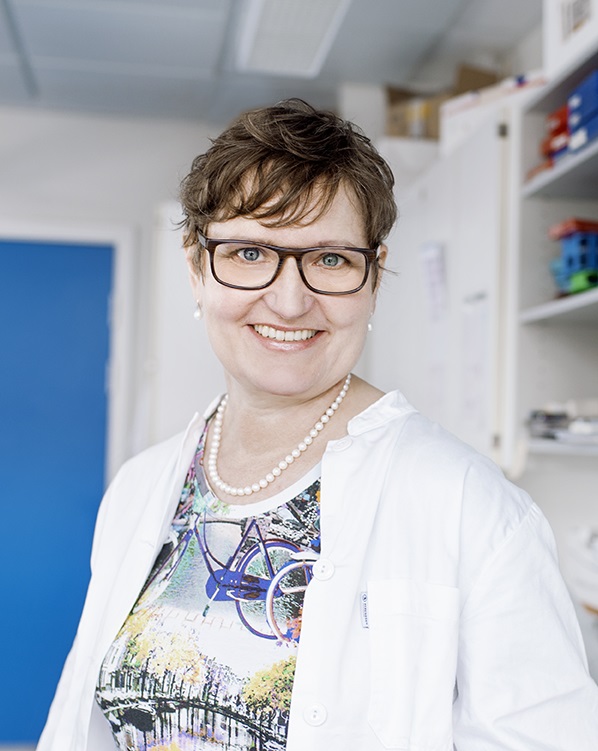“During the last decades, we have become aware that several occupational exposures might affect reproductive health in a negative way”
14th of February 2023

Course leader presentation: Karin Sørig Hougaard
Occupational Hazards and Reproductive Health, 25th – 27th of April 2023,
Quality Hotel The Mill, Malmö, Sweden
Karin Sørig Hougaard, you are a Senior researcher at the National Research Centre for the Working Environment (NRCWE) in Copenhagen, Denmark. Can you tell us a little about your background?
I have studied reproductive health relative to the work environment for more than 25 years. I have used animal models and epidemiological data to study especially the effects of maternal exposures during pregnancy (psychosocial and ergonomic strain and several groups of chemicals (e.g. organic solvents, (nano)particles, endocrine disrupting chemicals)) on pregnancy and child health later in life (e.g. offspring fertility and function of the nervous and immune systems).
I also study effects of especially chemicals on male and female reproductive health and have a great interest in studying the interaction of exposures, e.g. exposures that occur at the same time (e.g. psychosocial stress and heavy lifting) or how prenatal exposures might increase susceptibility to insults later in life.
Why do you think that occupational hazards and reproductive health is an important and current issue to discuss in 2023?
During the last decades, we have become aware that several occupational exposures might affect reproductive health in a negative way. This has fed the implementation of measures to alleviate negative effects for pregnant women. Hence, when pregnant women tell their employer of their pregnancy, the employer needs to ensure that the work environment is safe for the pregnant women and the unborn child.
However, many occupational exposures have not been or have only been studied to a very limited extent (e.g. many chemicals and particles, psychosocial stress, combinations of exposures). Furthermore, the early period of pregnancy, and fertility, do not enjoy specific protection from occupational exposures, even if fertility is the most prevalent chronic disease and most workers have worked for many years before pursuing pregnancy. As it is, we do really not have an overview of the proportion of developmental and reproductive disorders that might originate from exposures in the work environment.
What do you want to say to the participants of the course?
My aim is that this course will broaden the participants’ understanding of work factors that might pose risks to especially pregnancy and how to handle these factors. The course will present a broad range of occupational exposures relative to reproductive health, training in how to interpret epidemiological and animal studies and where to obtain relevant information. Many problems may not have solutions that can be described in a few lines. Therefore we have allocated time for extensive discussions between lecturers and participants, so we together pave the way to identify the needs for and the ”how to” adapt the working environment, so that women can keep on working safely during pregnancy, and the workplace is safe for fertility.
More information: Course webpage
Registration: Course registration
Last registration date: March 23rd 2023
